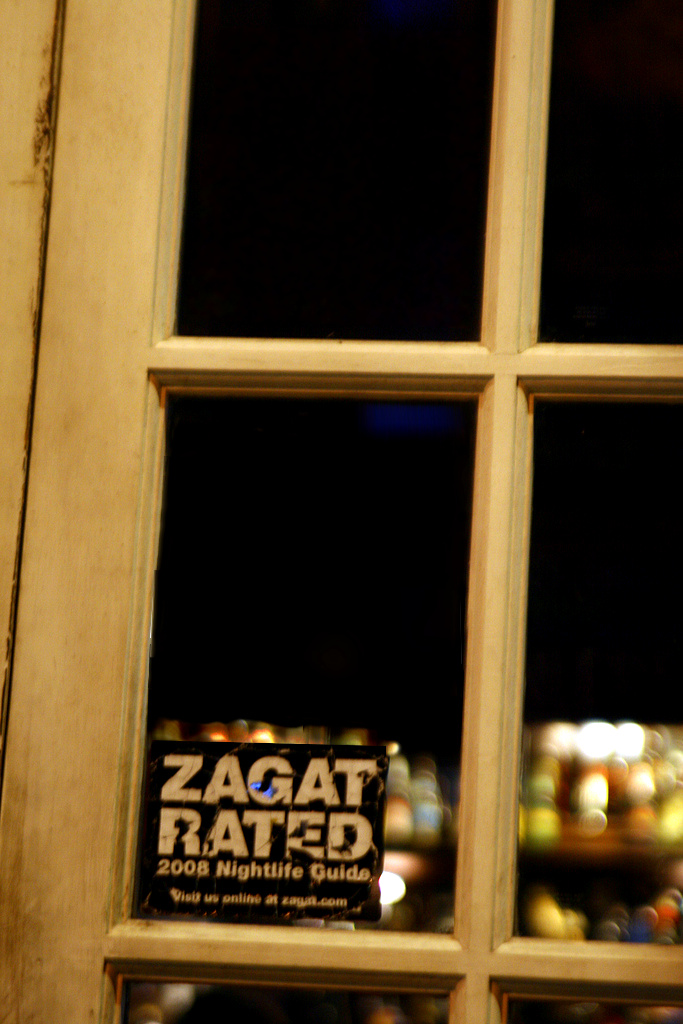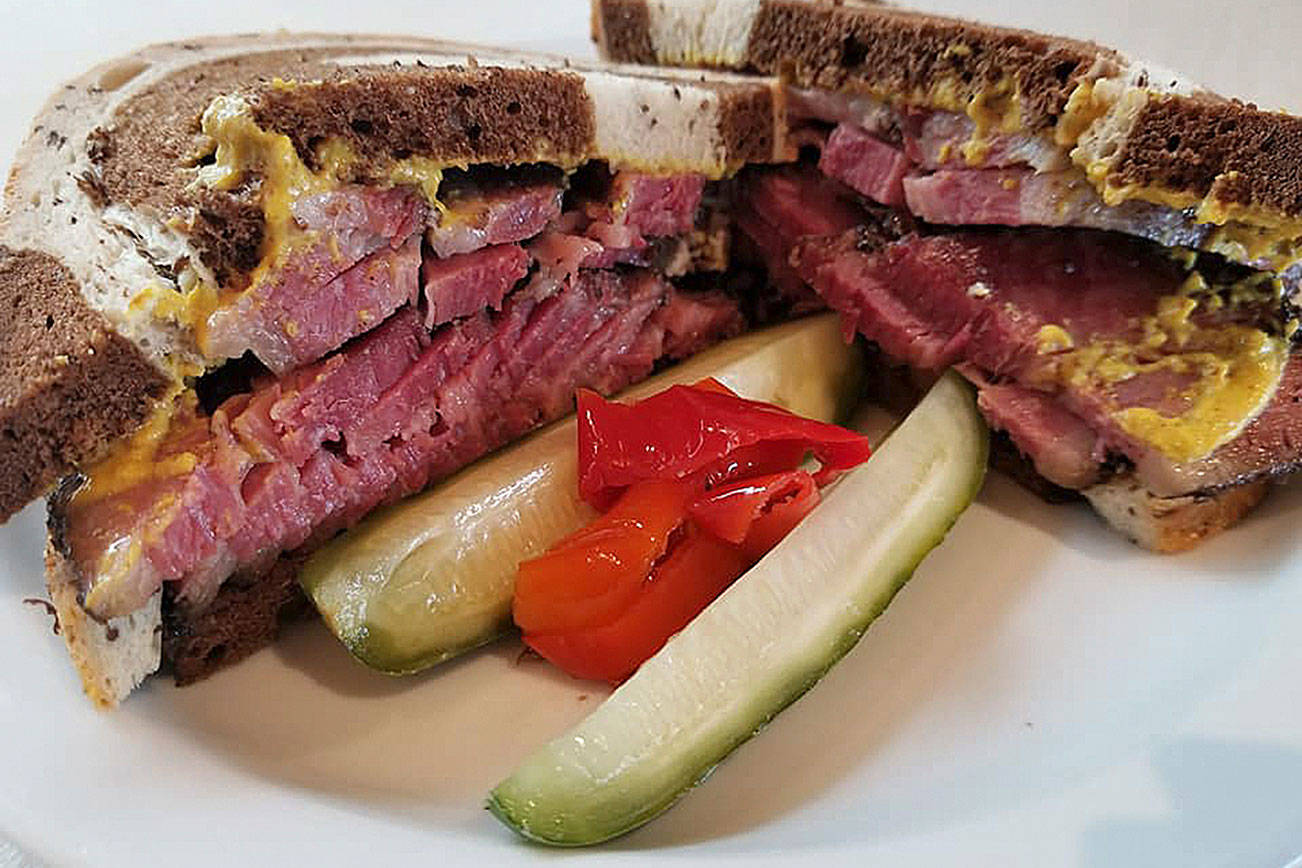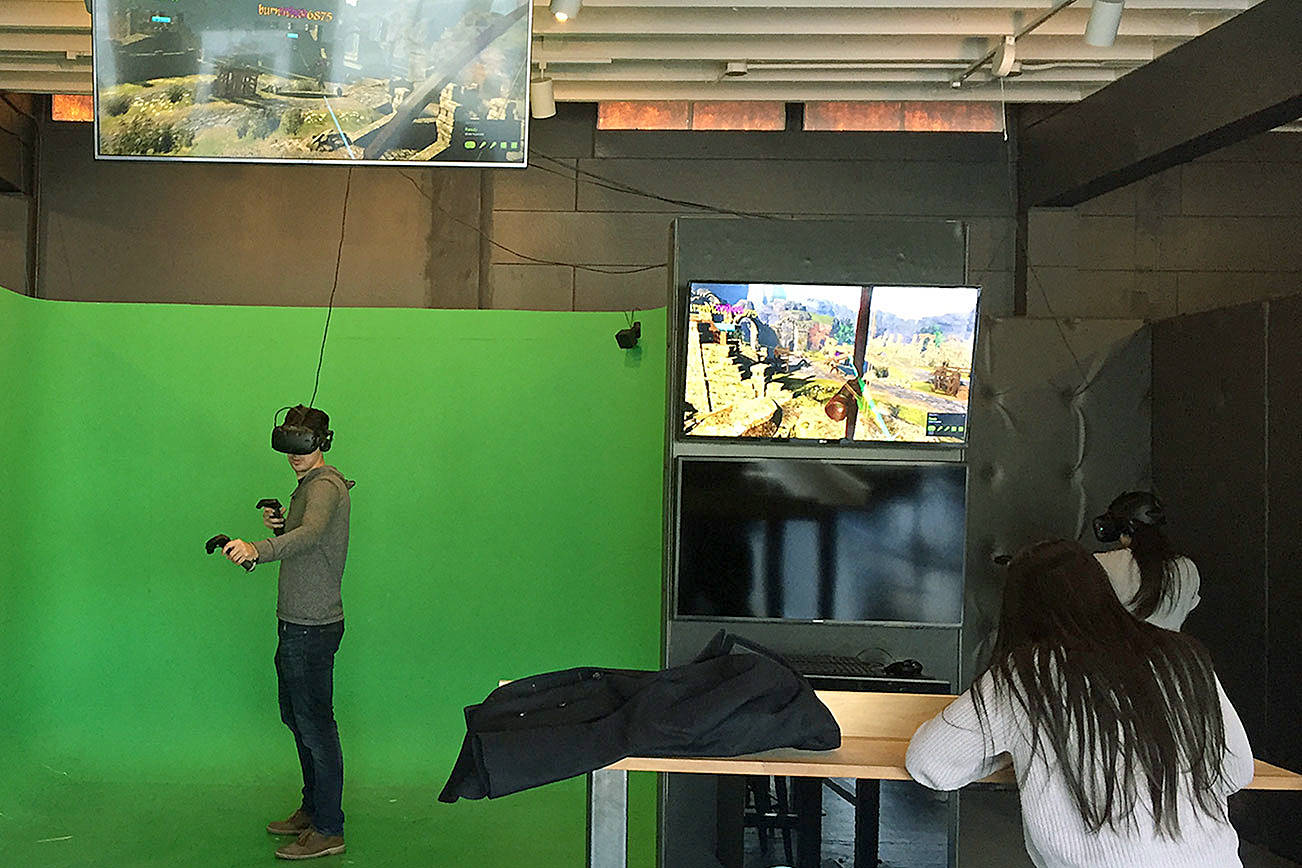Whenever I’m with a friend looking for a place to eat, I find myself spouting off reasons whya restaurant doesn’t look good. “That place has teriyaki and burgers,” I announce, “forget it.”
Or, “Look at all those stickers on the window! Let’s go there.” Since wasting money on a bad meal can be a traumatizing experience, you often see people standing outside a restaurant, desperately trying to size it up. The brazen among us will even go inside to examine the atmosphere, as if we hope to find our double sitting at a table. It’s a terribly uncertain feeling. Fortunately, we have the ability to prejudge.Most people start with the menu. When a restaurant tries to do too much, or throws token items on the menu, it can be immediately off-putting. A teriyaki joint rarely serves good burgers, and you won’t find a decent slice of pizza when gyros are also available. If they have all four on the menu, run. I tend to be attracted to menus that are almost condescending in their minuteness, the ones that found a good dish and made it over and over, like Kedai Makan with Nasi Goreng, or Paseo’s with the Cuban. Still, no matter the size of the menu, I don’t want to see certain words on it, like “famous,” “gut-busting,” or the overused “Our version of…”The name above the menu can also influence our thinking. I must have skipped R&L Home of Good Bar-B-Q and Italian Family Pizza twenty times, thinking their bland, generic names were somehow a reflection of the food. But both restaurants are wonderful. Why couldn’t they just come out and say it? Don’t answer that.Ian Thackaberry, owner of Scratch Deli on Capitol Hill, has far more informed methods of judging. “If I walk into a place, and I’ve got a clear view to the kitchen, that’s the best,” he says. “When you run a kitchen, you start to realize that it takes certain equipment. Are they making a lot with a little, or are they making a little with a lot?”Transparency is key. “I think the most important thing is knowing where a place gets their ingredients…Not too long ago, I saw a particular distributor outside of a very well respected restaurant that serves twenty-dollar plates,” he says, “and that distributor doesn’t specialize in anything but total, mass-production factory food, and I realized that if a restaurant doesn’t say anything about the quality of their ingredients, but only use gourmet words to describe the food, that can totally be a turn off.”Of course, there are always the external trinkets of success. I tend to keep an eye out for the flora of stickers attached to the window, each representing some testament to the quality of the food, or the restaurant’s ability to put stickers on the window. I rarely even bother to read the individual labels – they could be ADT stickers for all I know – but I just assume that some organization, be it Yelp or Zagat or Sticker Giver Magazine, deemed the restaurant worthy. I catch myself doing the exact same thing in video stores, when I skip over films that don’t have quotes on the box. Such markers are not much help; they merely tell us that somewhere, someone with a job liked something.The most deceptively simple sign of good food is the line. How can it be wrong? Lines are much harder to acquire than stickers or a clever menu. But before the populist magnetism envelops us, it’s useful to examine the context of the line. A line can be the result of hype, extremely slow service,social media expertise, legitimately good fare, an already existing line, or the fact that that type of food is not available anywhere else in the area (you see this last example often in Seattle with barbecue and deli). Determining the line’s origin story is a little tough when you’re face to face to with it. You’ll have plenty of time later, at home, when you’re angrily Googling.It’s important to avoid becoming too invested in our restaurant prejudices. On rare occasions, a restaurant will look, sound, and feel perfect, and you’ll think, “This is my kind of place,” only to realize after eating that it’s not your kind of place, but is only pretending to be your kind of place. Some people never recover from that.








